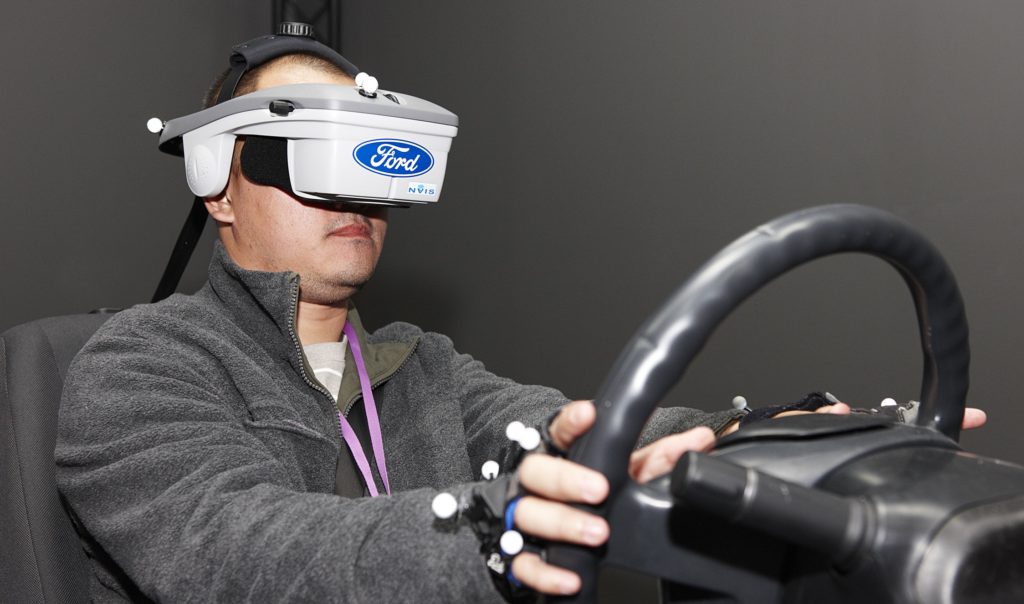
If you haven’t heard about VR by now, there’s a good chance you’re living under a rock.
The new technology seemed to really gain traction in 2016 with videos of Lil Wayne and LeBron James wearing Samsung’s Gear VR headsets and this emotional video released by Excedrin, which shows how it feels to experience a migraine — in real time.
But as VR and AR technology continue to gain traction in the new year, what are the implications of these products on marketers, businesses and the public?
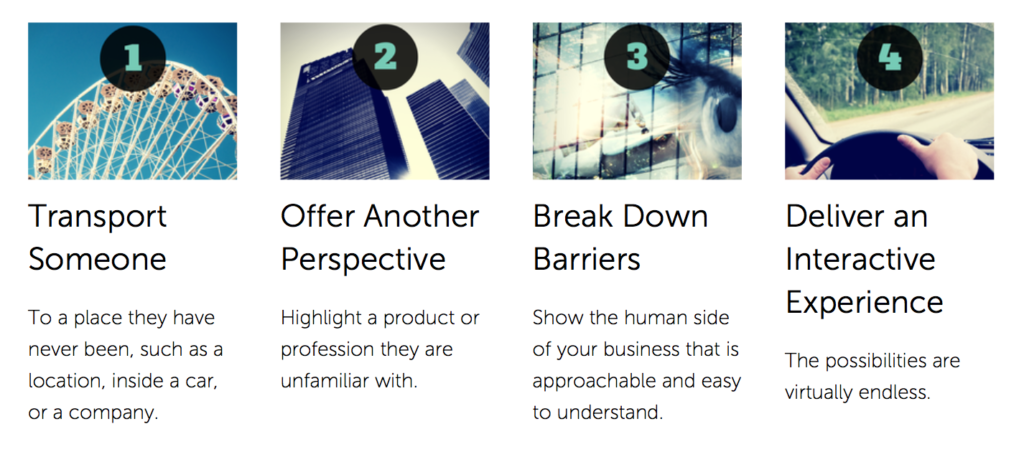 How are Virtual Reality Headsets Different Today?
How are Virtual Reality Headsets Different Today?
Many of you might consider VR headsets to be the latest breakthrough in modern technology. Not exactly. Rather, it’s more like an upgraded gaming system with its 360-degree views and human-like avatars.
And while the original headsets were extremely clunky and not exactly wireless, they also carried a hefty price tag. This had two implications: 1. Developers had no desire to create headsets outside of gaming and 2. They didn’t make sense for businesses or consumers.
Now, nearly two decades later, these bulky, expensive products have evolved. Companies like Samsung and Google now offer their own versions of VR headsets and, here at Structural Graphics, we’ve created cost-effective versions called SleekPeeks that you’re able to customize to fit your business’ logo, color scheme and unique messaging. Plus they ship flat.
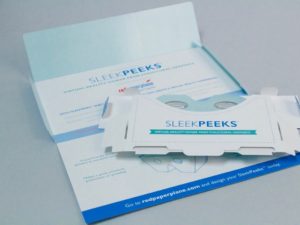
So, How Exactly are Businesses Using VR to Market Their Products?
For everything from virtual product demonstrations and 360 video tours to training and prototyping. Here are a few examples:
- Psychiatrists at the University of Louisville use VR to treat patients with social anxieties or phobias during cognitive behavior therapy. Because the patients are in a controlled environment, doctors are able to simulate the patient’s fear of, say, flying, and direct them on how to cope with that fear.
- Ford currently uses VR in its Immersion Lab to get a better sense of how their customers experience their cars. Using headsets, they view high-def renderings of the interiors and exteriors of the cars before a prototype has been made available. To make this even more realistic, the company has developed prop-like tools like a flashlight that help their employees’ experience feel natural.
- In an effort to increase bookings, Marriott Hotels created a “teleporter” which encouraged users to step inside a booth, put on a VR headset and visit a dream location. Not only could the wearer see a beach in Hawaii or the London Eye, but they could also feel the wind in their hair and the sun on their faces.
- The US Postal Service used our SleekPeeks for their “Emerging & Advanced Technology” discount incentive program at the Association of National Advertisers (ANA) “Masters of Marketing” Conference. This piece delivered a powerful, yet lightweight virtual reality experience to conference attendees.
Interested in discovering how virtual reality can work for your business? Click here to request your FREE SleekPeeks sample.
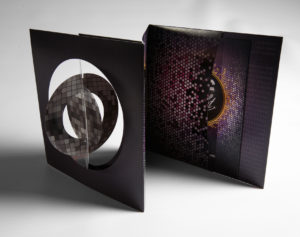
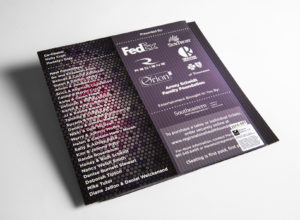
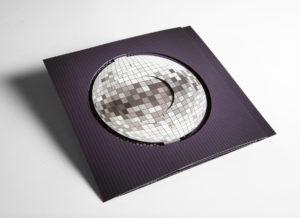
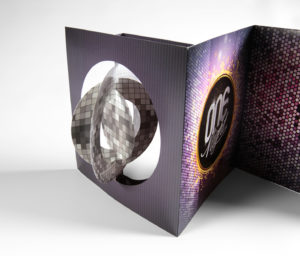
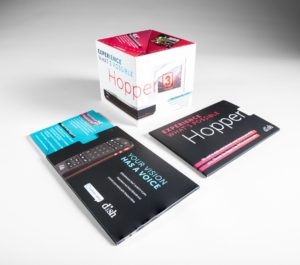 How does a company stand out at a trade show with a sea of many other vendors to compete with?
How does a company stand out at a trade show with a sea of many other vendors to compete with?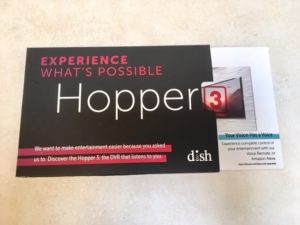
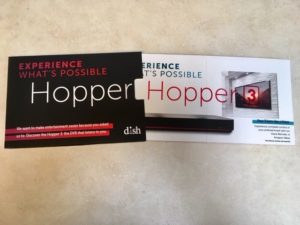
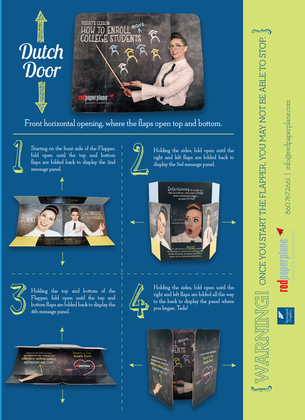
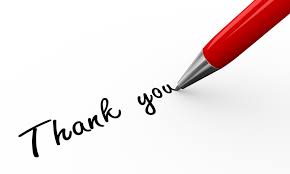
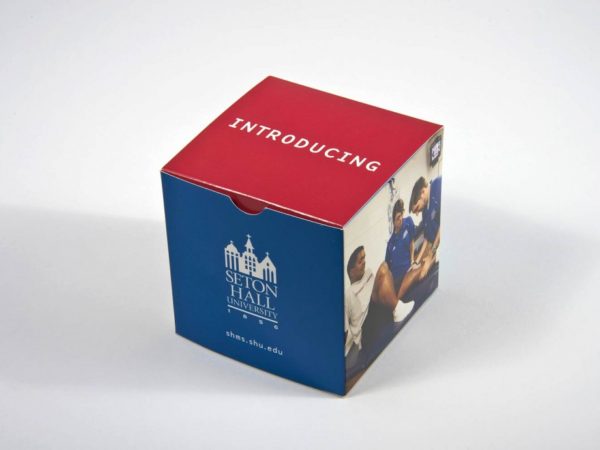
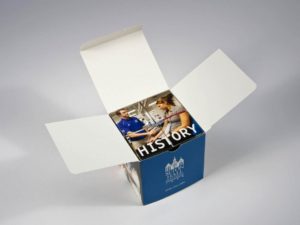

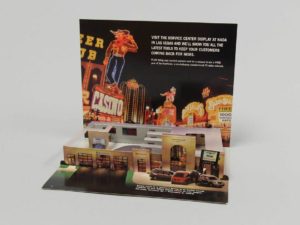 Today’s automotive industry moves fast and furious, so it’s important to showcase your vehicles in new and creative ways. But how do you show change and innovation on paper? You don’t. You show it WITH paper.
Today’s automotive industry moves fast and furious, so it’s important to showcase your vehicles in new and creative ways. But how do you show change and innovation on paper? You don’t. You show it WITH paper.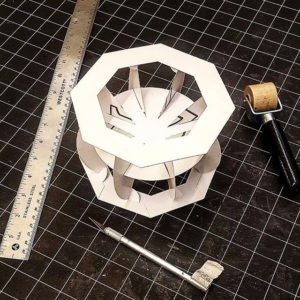
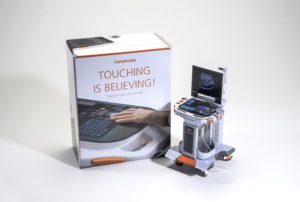

 How are Virtual Reality Headsets Different Today?
How are Virtual Reality Headsets Different Today?